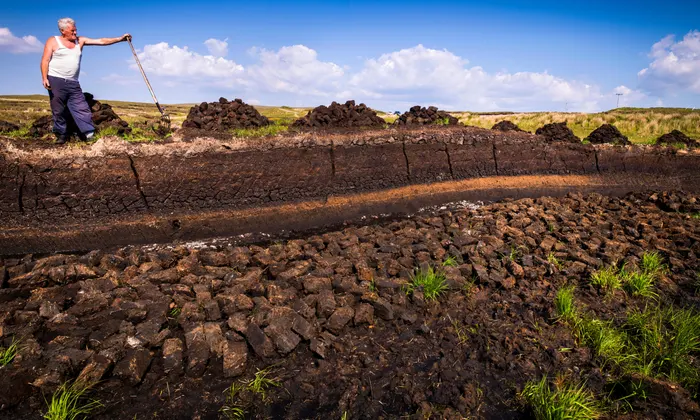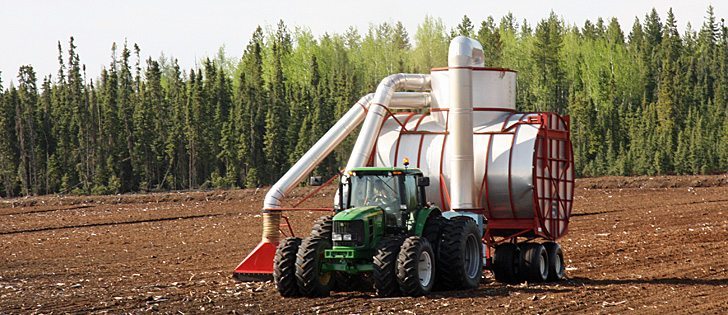Peat moss, sphagnum moss, is crucial in gardening and soil improvement. In this article, we delve into peat moss mining, exploring how it is extracted and the environmental consequences associated with its extraction. Additionally, we explore sustainable alternatives and conservation efforts to protect our fragile peatland ecosystems.
How Peat Moss Mining Works?
Step 1: Site Selection
Before mining peat moss, suitable sites must be carefully chosen. We discuss the key factors considered during site selection, including peat depth, moisture content, and quality. Understanding these factors ensures efficient extraction and reduces environmental impact.
Step 2: Extraction Methods
Peat moss can be extracted through two primary methods: milling and vacuum harvesting. We explore these techniques in detail, highlighting the processes involved and the benefits and drawbacks of each method. Understanding the extraction methods provides insights into the efficiency and sustainability of peat moss mining practices.
Step 3: Processing and Packaging
Once extracted, peat moss undergoes processing and packaging. We explain the various stages of processing, such as drying, screening, and grading, which ensure that peat moss meets the desired quality standards. Packaging options are also discussed, considering the needs of different industries and consumers.
Environmental Consequences of Peat Moss Mining

A. Soil and Habitat Destruction
Peat moss mining can have severe consequences for the environment. We delve into the impacts of peat moss extraction on soil and habitat destruction, including the loss of essential wetland ecosystems and the adverse effects on biodiversity. The importance of mitigating these impacts is emphasized.
B. Carbon Emissions and Climate Change
Peatlands are significant carbon sinks, storing vast amounts of carbon. However, peat moss mining disrupts this balance, releasing stored carbon dioxide into the climate. We explore the link between peat moss mining, carbon emissions, and climate change, highlighting the need for sustainable practices to reduce environmental harm.
C. Water Quality and Loss of Wetlands
Peat moss mining can alter hydrological patterns and impact water quality. We discuss the consequences of peat moss extraction on water systems, including increased sedimentation and the loss of wetlands. The critical role of wetlands in water filtration and flood control is highlighted, emphasizing the need for responsible mining practices.
Sustainable Alternatives and Conservation Efforts
This section explores sustainable alternatives to peat moss, such as coir, compost, and biochar. These alternatives offer similar benefits to peat moss while minimizing the environmental impact. We also discuss conservation efforts to protect peatlands and promote responsible peat moss extraction, including restoration initiatives and peatland conservation regulations.
Conclusion
In conclusion, we emphasize balancing economic interests and environmental considerations in peat moss mining. We encourage adopting sustainable practices and exploring alternatives to reduce the industry's ecological footprint. We can preserve these valuable ecosystems for future generations by safeguarding peatlands and making informed choices.


